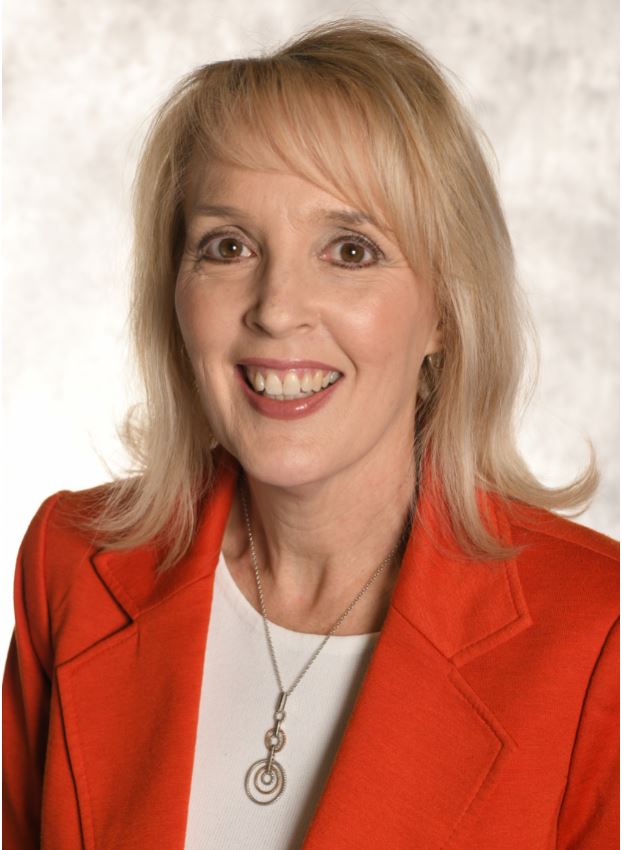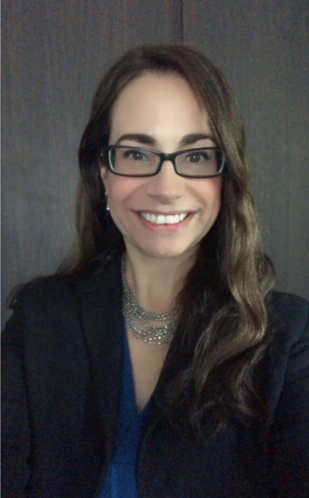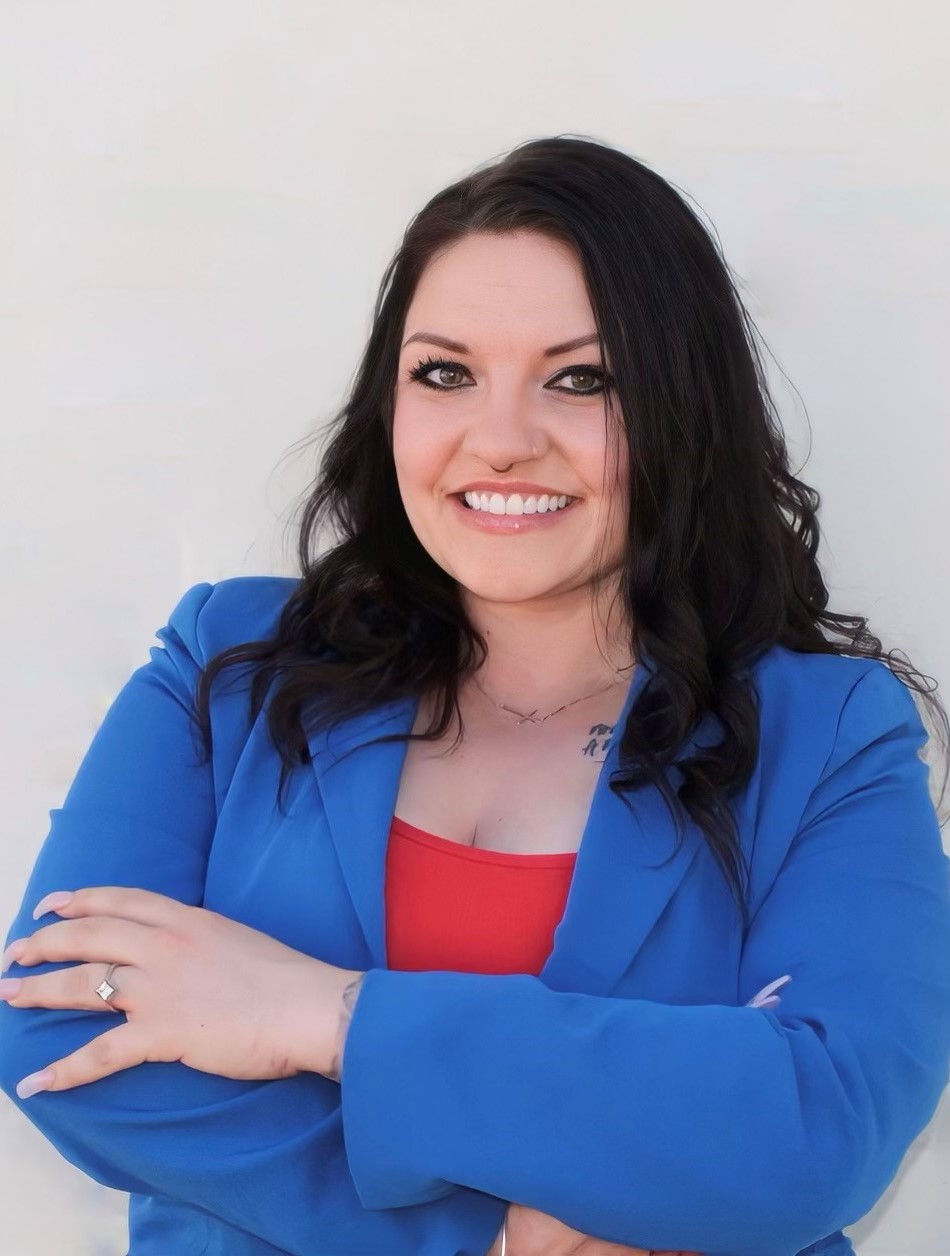Health information inefficiencies can result in a range of challenges for health systems, from slower workflows to duplicate efforts to less than optimal financial performance.
Fixing such inefficiency problems, however, often comes with its own set of obstacles, particularly for system-wide wrinkles that have existed for some time.
Here, three health information leaders talk about how they used novel interventions to tackle communication and health information inefficiencies at their workplaces head-on. They will discuss their initiatives during presentations at the AHIMA23 conference Oct. 8-10 in Baltimore and share how their efforts led to improvements at their health systems.
A More Efficient Records Request Process
Fulfilling records requests was once a slow, manual process for Banner Health that required multiple steps and navigating numerous network folders, says Jami Woebkenberg, MHIM, RHIA, CPHI, FAHIMA, senior director of HIMS operations for Banner Health in Peoria, AZ.
Staff would first have to review the request, determine the type of request and rename it, then drag and drop the request to the network folder for the correct team member, who would then move it to their folder and process the request.
Health information (HI) leaders knew the homegrown workflow needed revamping and talked to their information technology (IT) team about creating a more efficient process, but the changes were slow moving, says Woebkenberg. But in early 2021, staff members were notified by the US Department of Health and Human Services’ Office for Civil Rights of two complaints related to patients not receiving their medical records in a timely manner.
“That really fast tracked our whole process in looking at our workflows and trying to find technology that would help us be more efficient,” she says. “When you get a fine and you’re under a corrective action plan with the Office of Civil Rights, it definitely makes you realize you need to do something quick, and it needs to be something that encompasses all of your needs.” 
Woebkenberg and her team started researching vendors and ultimately entered into a shared service agreement with MRO, a technology company that provides data management solutions through its clinical data exchange platform. The company was their top choice because of its platform’s ease of use and the additional services it offered, such as billing assistance. With the new system, Woebkenberg and her team can now log records requests, track them, and assign them to a particular team or individual. MRO then bills the requestor, collects the payment, and once payment is received, distributes the record to the requestor.
“One of the biggest advantages is that we have a better line of sight into all of our requests in one view,” she says. “I can go in and see exactly how many requests need to be logged, how many still need to be processed, how many need to be invoiced. I can see the status of requests at any point and time. I can also see where my teams are at and who may need help from another team.”
Among the many impacts of the new system is that reporting has greatly improved, she says. HI leaders, for example, can run productivity reports or turnaround time reports, which can be used for the team’s key performance indicator (KPI) metrics.
The health system has also experienced a significant reduction in request turnaround time, Woebkenberg adds. Previous turnaround times for requests were often two weeks or more compared with turnaround times now of less than 10 days for overall requests and five days or less for patient requests. Overall, requests pertain to records requests from payers, patients, legal sources, and other third parties, such as regulatory auditors.
Another asset is that MRO has its own call center where patients with questions are routed. Previously, patients were directed to an in-house call center where hold times could be as high as 45 minutes. Hold times have been cut to five minutes or less, and overall calls have been reduced to 2,000 from about 5,000 calls a month.
“When your turnaround time is less and you’re [sending] requests out the door faster, it also cuts down on the number of calls you receive,” she says. “We also have portals where patients can see the status of the requests. That’s another advantage of having a vendor with robust technology—we’re not having to do all of that for the requestor. They can do some of that for themselves.”
Hear more from Woebkenberg and representatives from MRO at AHIMA23 on October 10 at 9 a.m. EST.
Expediting Claims, Improving Accuracy
With limited coding resources and a hiring requirement that employees reside regionally, Penn Medicine was looking to automate functions where possible and eliminate the need for more coding staff.
Leaders didn’t have to search far — the electronic health record (EHR) they already had in place also offered a coding automation tool.
“It was really an optimization,” says Tami Montroy, MS, RHIA, CCS, director of professional fee coding for Penn Medicine in Wyncote, PA. “We were taking another piece of what was already purchased and implementing it.”
The Epic tool, called the ED facility charge calculator, launched about six years ago at Penn Medicine and operates in the emergency departments of the health system’s five hospitals. For the system’s two regional hospitals, the calculator is used exclusively for the assignment of all levels of care codes (1 to 6). For the system’s three downtown hospitals, the calculator is used for levels 1 to 4. Staff audits level 5 and critical care at the downtown hospitals.
Identifying key words, the calculator automatically reads what care providers document in a patient’s chart and applies an emergency level of care code to that encounter. For example, if a patient presents to the emergency department with a “gunshot wound” and requires “CPR,” the calculator reads those three words in the patient’s medical record, then looks for critical care time >30 minutes and assigns a critical care level 6, Montroy says. After the level is assigned, staff members later assign a professional fee level to the encounter, and the claim is ultimately sent for billing.
Since being deployed, the artificial intelligence (AI) tool has shown greater than 95 percent accuracy at all hospitals, according to Montroy. The technology has also reduced resource needs by 22,000 hours a year, which is about 10.5 full-time equivalents (FTEs) a year, she says.
“The second the [provider] note is complete, it goes to the calculator and it’s done in seconds. The timing that we’re able to release claims from the system is almost the same day that it’s documented,” Montroy says. “You still have to oversee the function and review the audit reports, but we’ve significantly limited leadership time and oversight of the function because it is doing so well.”
While the automation tool has proven successful, the experience has been a learning process with some growing pains along the way. The team initially thought the tool would be “pretty developed” out of the box, Montroy says, but learned it needed to be customized in some ways. For example, the calculator wasn’t picking up the added complexity of care when a physician documents the decision to use restraints.
“We had to physically go back in the system and program the use of restraints to calculate a higher severity level,” she says. “We needed to specifically tell the system to do that. It wasn’t doing that on its own.”
Another lesson learned is the importance of physician engagement and physician buy-in when making such technology transitions.
“We have very vocal and very strong personalities in our emergency department physician world,” she says. “The data shows that the calculator is working, but there’s still some distrust in the process. [It’s important] to ensure that coding and revenue cycle leaders get ahead of communication and dialogue with the leaders of the emergency department. It’s hard sometimes to garner that trust, especially with physicians who have a lot of experience in practice, but maybe not that much experience with technology.”
Hear more from Montroy and other Penn Medicine representatives at AHIMA23 on October 10 at 1 p.m. EST.
Improving Communication among a Multi-generational Team
As a Millennial leader in a generationally diverse workforce, Candice Ramey, MLS, RHIA, quickly became aware of stark differences within her team. From work preferences to values to communication styles, the contrasts in the group ran the gamut, says Ramey, HIM manager at Mayo Clinic in Glendale, AZ.
The team, which primarily consists of HI professionals, includes about 150 direct and indirect reports, ranging from new graduates to baby boomers.
A remote environment compounded the divisions, limiting the ways in which team members could interact compared with a more in-person atmosphere.
“I found myself wanting to be the leader that I desired, but I recognized that the way I wanted to lead was not what everyone needed,” Ramey says.
The differences drove Ramey to take a deep dive into the needs of her team and how best to interact and work with each member. She began with conversations with individual team members and asking questions about what they enjoyed most about work, their hopes for the future, and goals.
Ramey recalls one early conversation with a colleague that really struck a chord.
“She essentially said, ‘This is a waste of time, you don’t care what I have to say, you’re going to make all of these promises and say you value my opinion and then it will all get too busy and you won’t care what I have to say,’ ” Ramey says. “I really took that to heart, because I have felt that way before, and set out to be a different kind of leader.”
Through the conversations and building of individual relationships, Ramey was able to flush out the needs of each team member, and how they best thrived. For example, some employees just wanted to work, while others flourished when they felt their voices were being heard. Some leaders worked best when they had detailed emails, whereas others were good at navigating with more ambiguity. For some, project management was more important than people management and vice versa.
Based on the conversations and learning more about their preferences, Ramey changed how she interacted with each team member, working to nurture their strengths by ensuring each member felt valued. She has since seen significant improvements in the team dynamic, morale, and communication. Overall employee satisfaction results have also substantially increased.
“I feel like I have a great relationship with my team, and they feel empowered to speak up and bring forward changes that are needed,” she says. “Overall, when you have a cohesive team, there is less turnover because people are happy. There is more information sharing that happens, allowing for better efficiency and a healthier culture.”
As for the disenchanted colleague, Ramey says she went on to grow in her department, become a friend, and today is “an amazing leader.”
Hear more from Ramey at AHIMA23 on October 9 at 1 p.m. EST.
Alicia Gallegos is a freelance healthcare writer based in the Midwest.